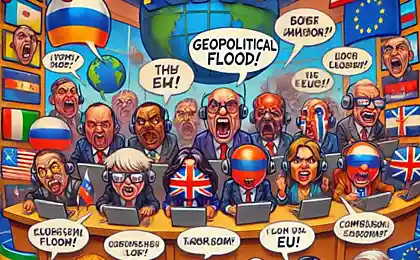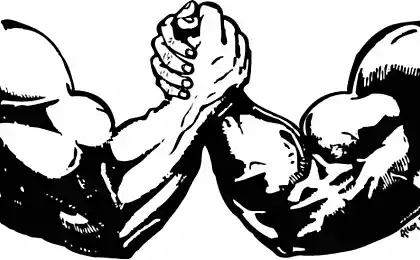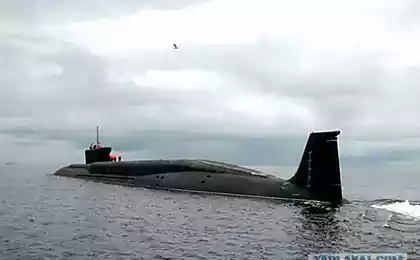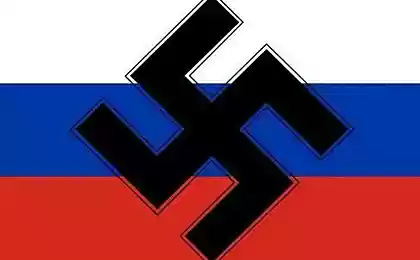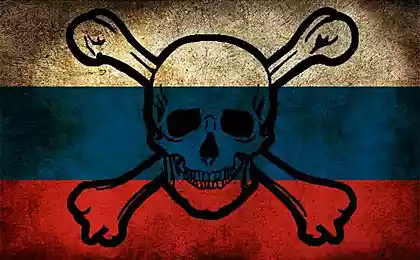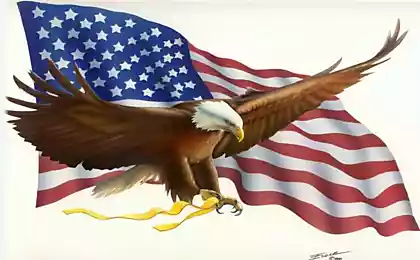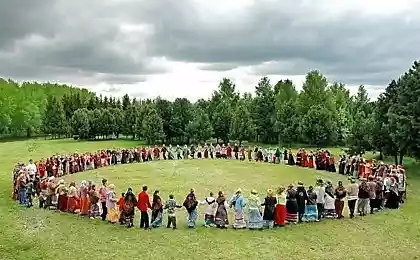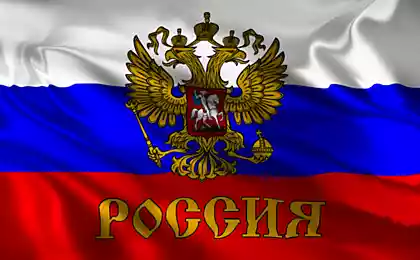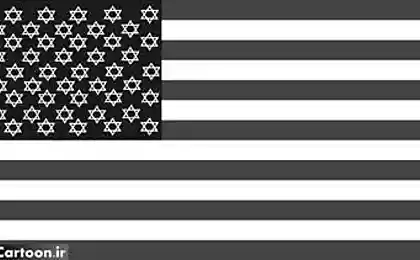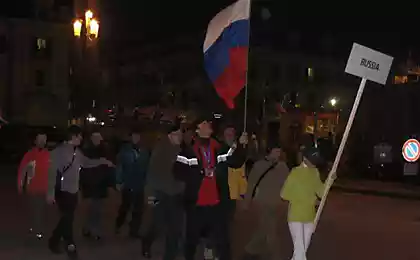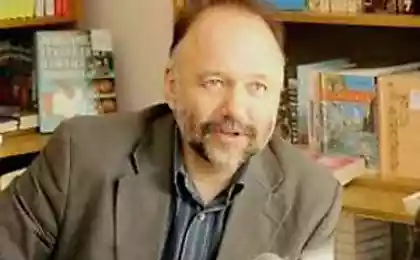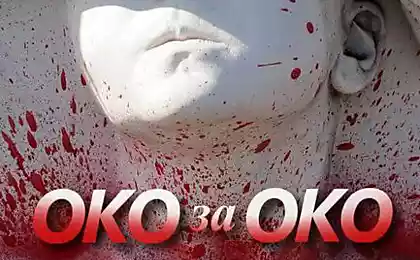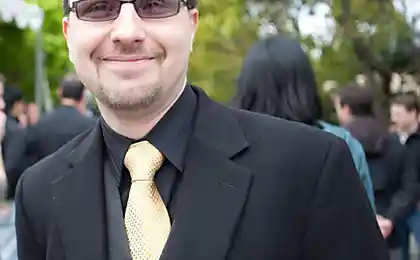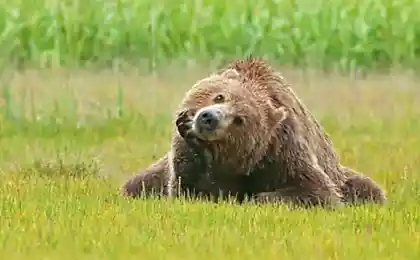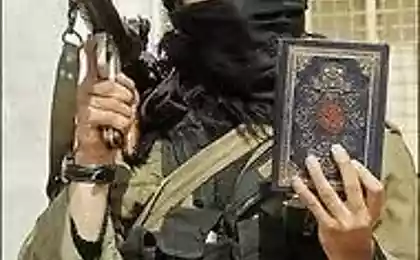1834
Protected peoples of Russia
In Russia, home to around 200 different nations, each of which has its own culture and language. If you believe the latest census, representatives of some ethnic groups have less than 10 people - they will disappear forever their knowledge and culture.
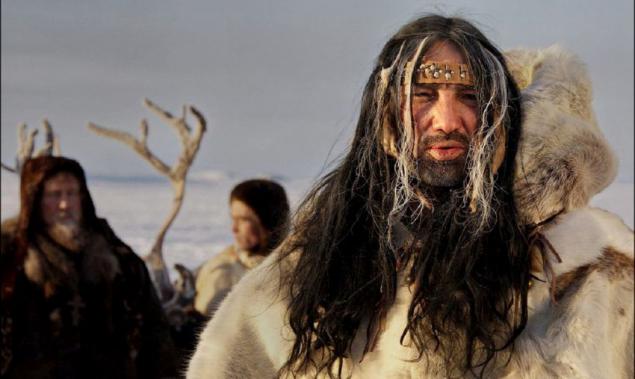
Khanty
Almost a family portrait
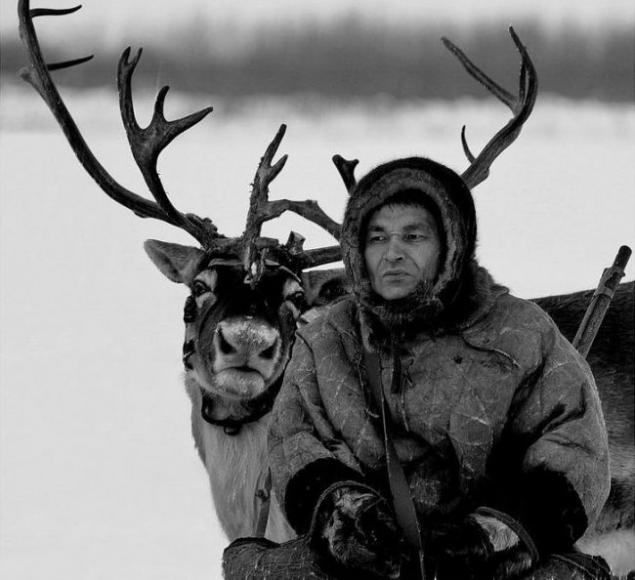
This is the largest ethnic group in the list - according to the census, 31,000 in Russia Khanty. Living in the north of Western Siberia, reindeer husbandry, fishing and hunting.
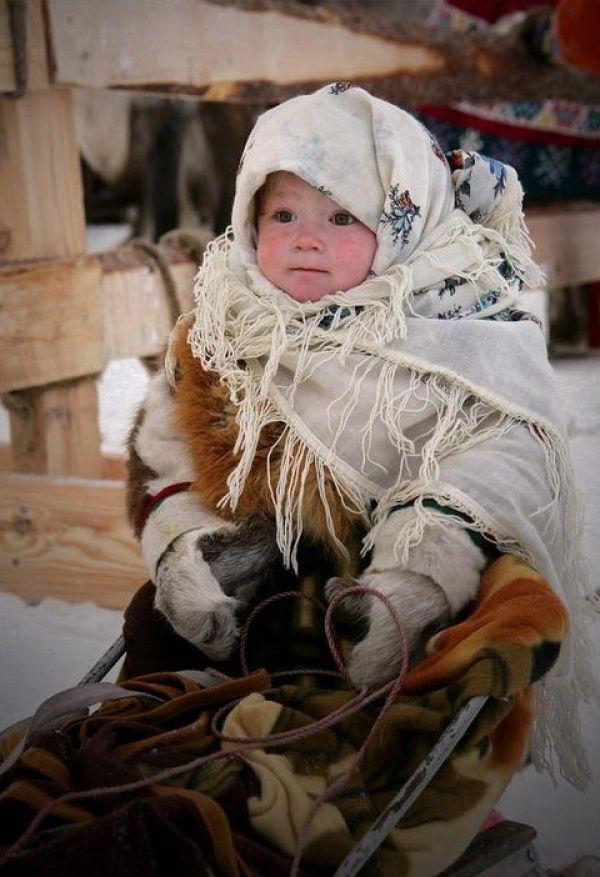
Muncie
Warrior Mansi
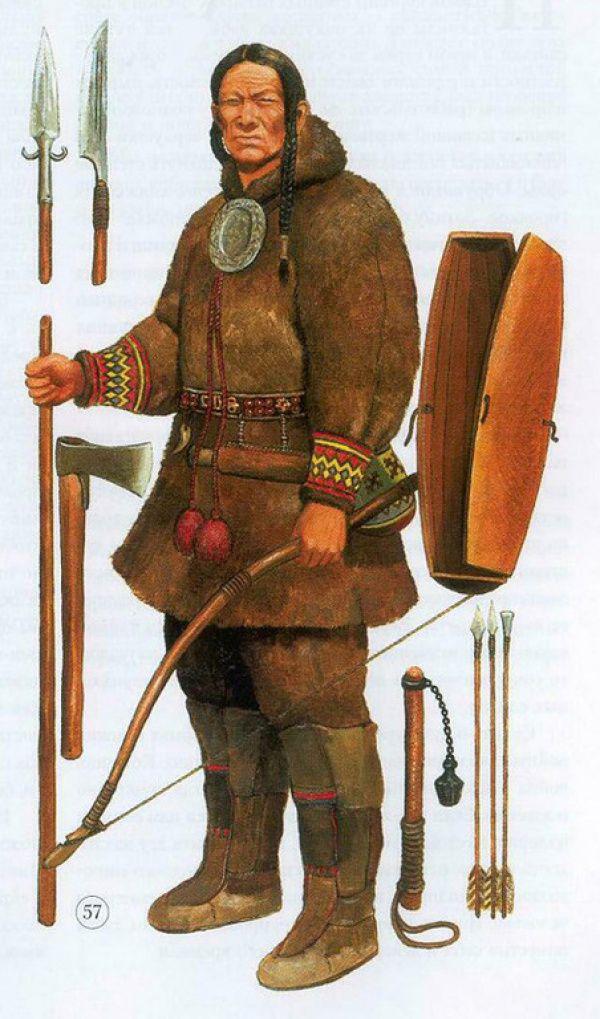
Family Mansi
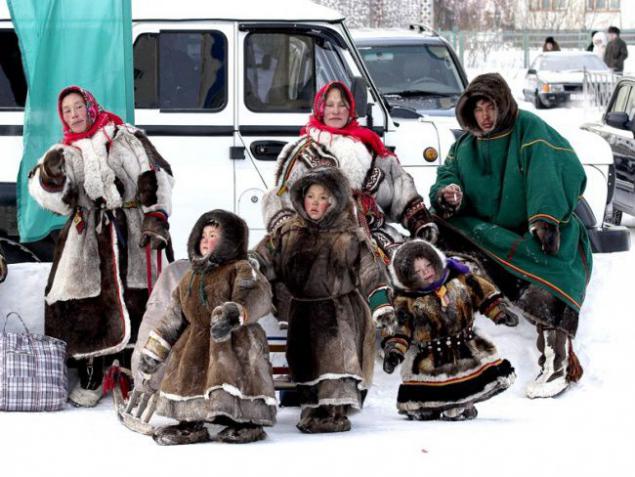
Mansi (obsolete - Voguls) - the indigenous population of the Khanty-Mansiysk Autonomous Okrug - Yugra. The closest relatives of the Khanty. Today, there are about 12 000 people in Russia.
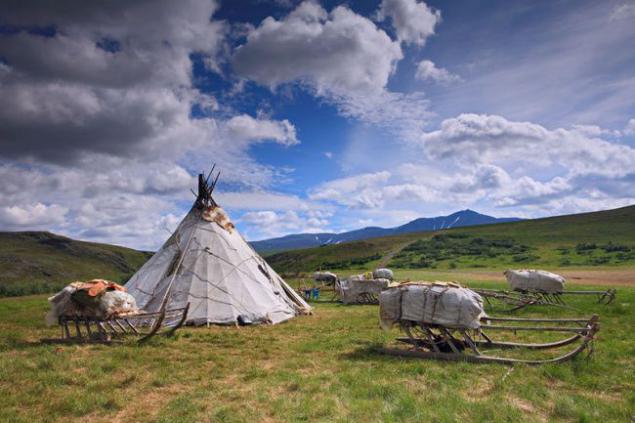
Huskies
Family Eskimos
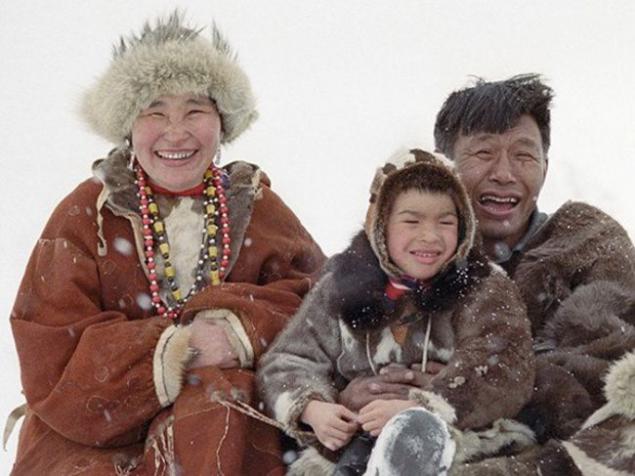
Family Inuit, 1894
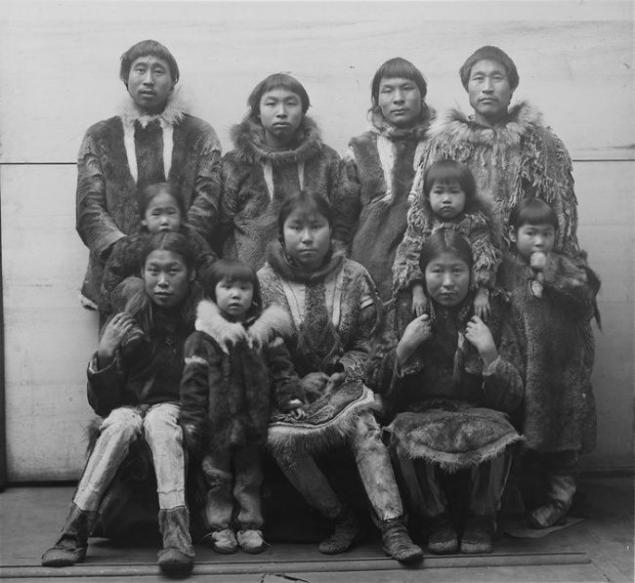
Eskimo Dance
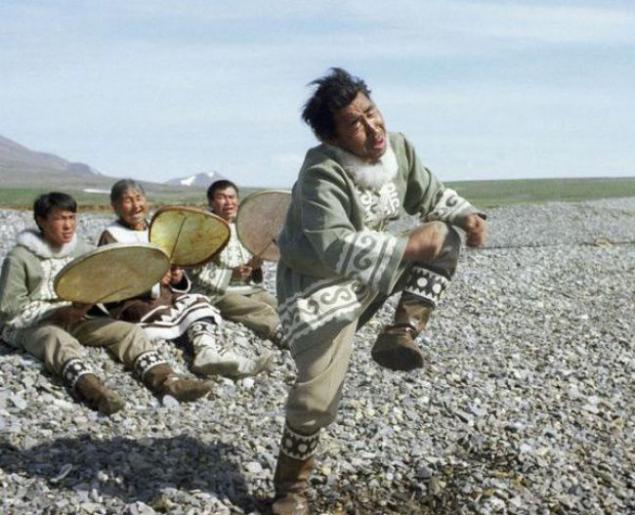
In Russia, they are only a little less than 2 000 people. Their main self - "Inuit". The word "Eskimo" means "rawfoodist", "one who eats raw fish».
Global warming has changed the lives of the Eskimos so that they are not enough words in the language to give names to the animals migrate to the polar regions of the globe. There is simply no analogues to denote species that are characteristic of more southern climate zones.
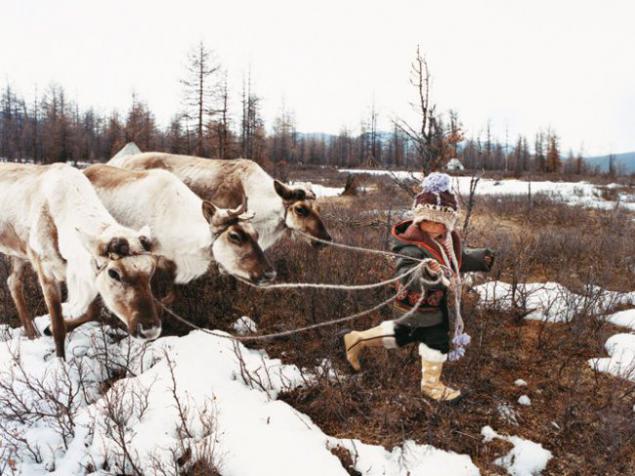
Koryak
Musher - drover dog sledding in the village Ilpyr.
The indigenous people of the northern part of the Kamchatka Peninsula, in Russia now there are more than six thousand people. One of the northern nations of the world.
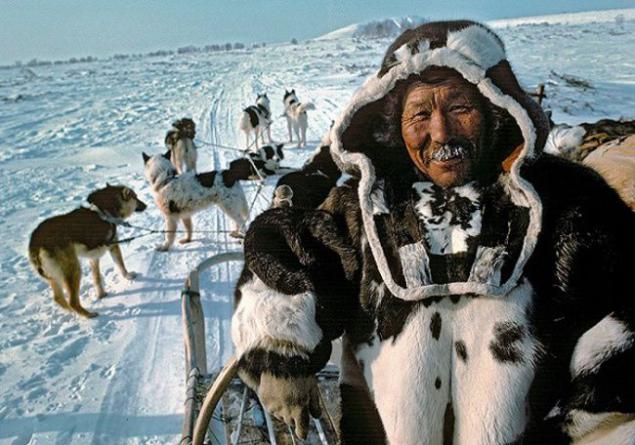
Tofalars
Tofalarka in national costume.
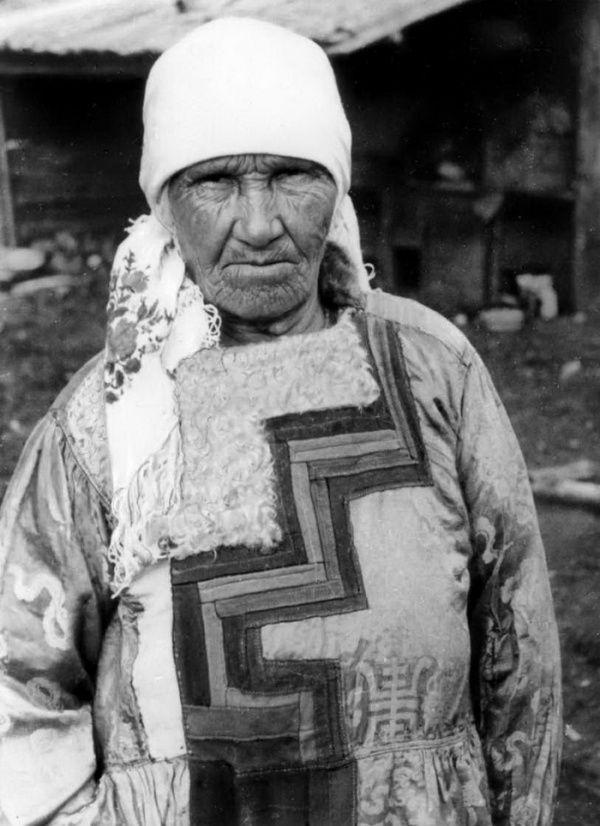
Total 600 Tofalars (before they were called Karagas) lives in eastern Siberia.
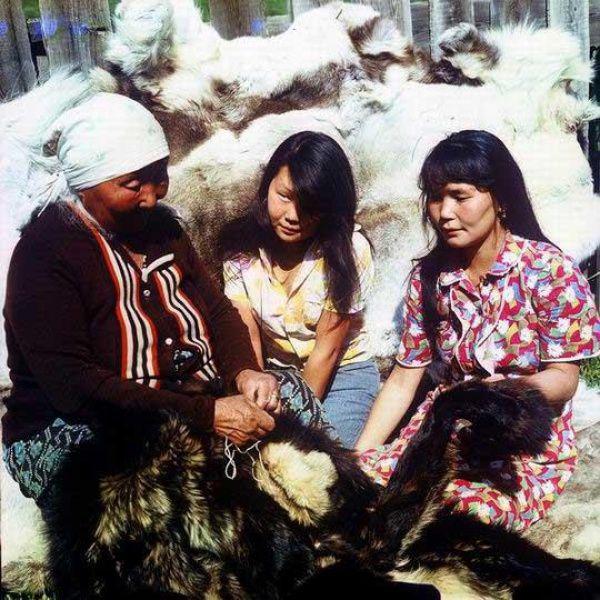
Archi
In the 2010 census, only 12 people have pointed out such nationality, apparently, so they have included in the Avars. Living in Dagestan.
National headdress women archinok.
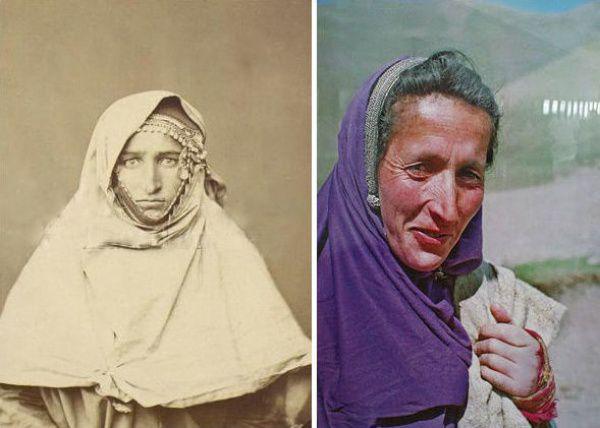
Vod
Girl in national costume
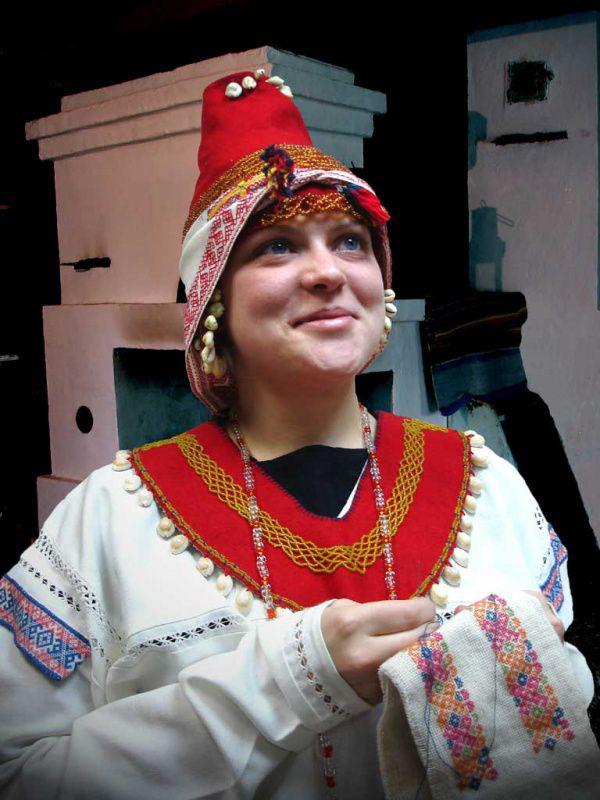
NF Nesterov - a representative of ancient Votic kind. In his hands, "chapiu" - they need to weave large fishing nets
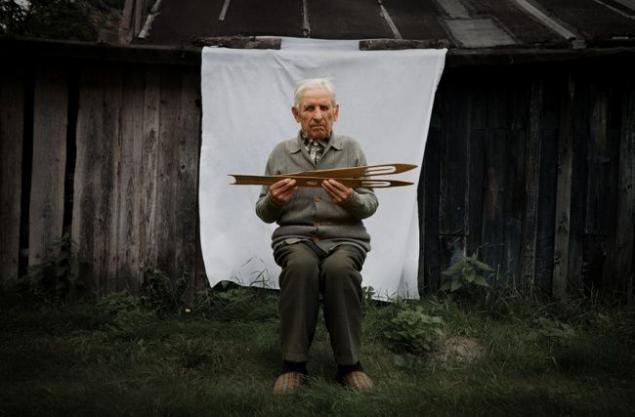
Nivkh (Gilyak)
They live near the mouth of the river Amur (Khabarovsk Territory) and the northern part of Sakhalin Island. The name translates as "man" or gilemi - "people at the oars." Just over 4,000 people in Russia.
Nivkh in festive costume
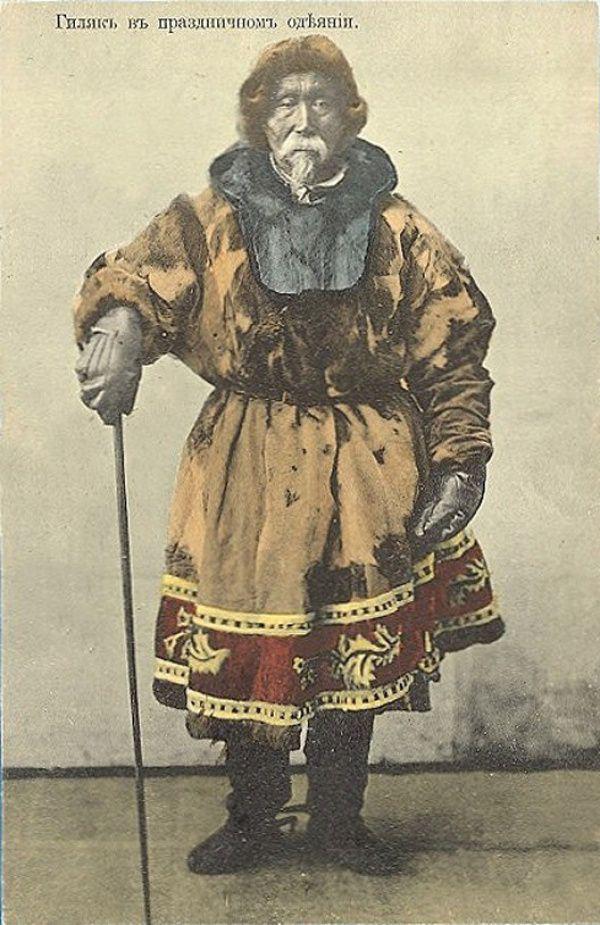
Selkups
Ostyaks-Samoyeds
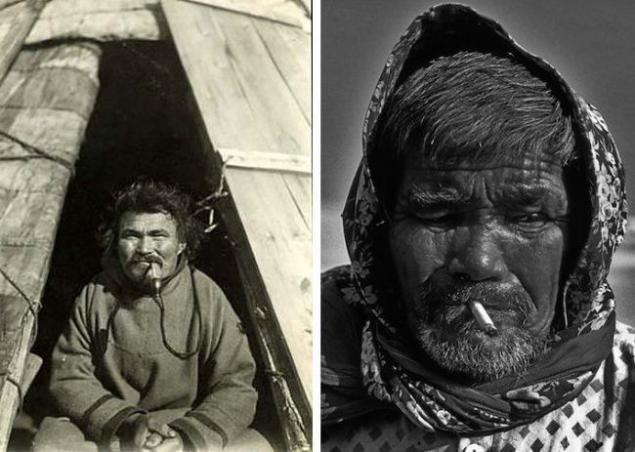
Selkups (or Ostiaks-Samoyed) - the people living in the north of Western Siberia. In Russia, there were 3 600 people.
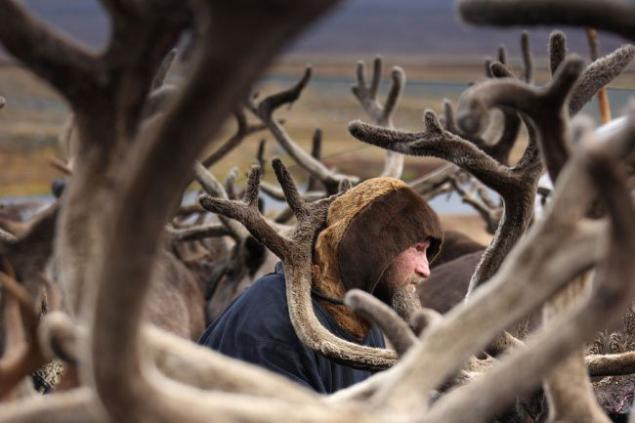
Nganasans
Little Nikita and Alex Chunanchary
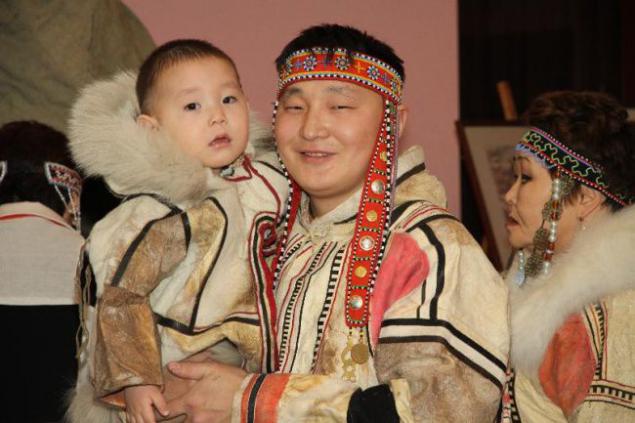
Nganasans inhabit the east of the Taimyr Municipal District of the Krasnoyarsk Territory and the territory subordinate administration of the city of Dudinka. The northernmost people of Eurasia, Russia blocked 860 people. Self-"AE" - "comrade».
Families Nganasans in 1927 and now
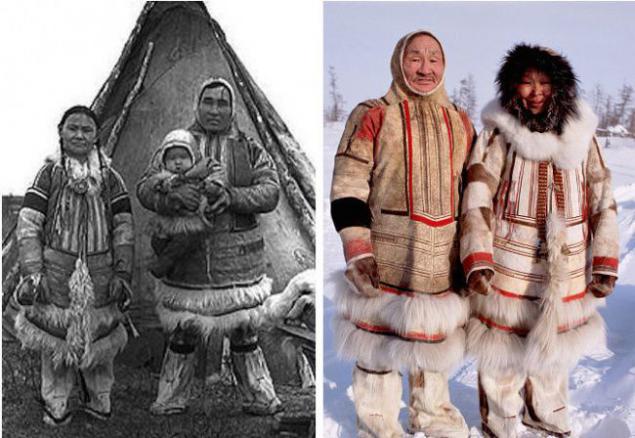
Itelmens
The representative of the people Itelmens
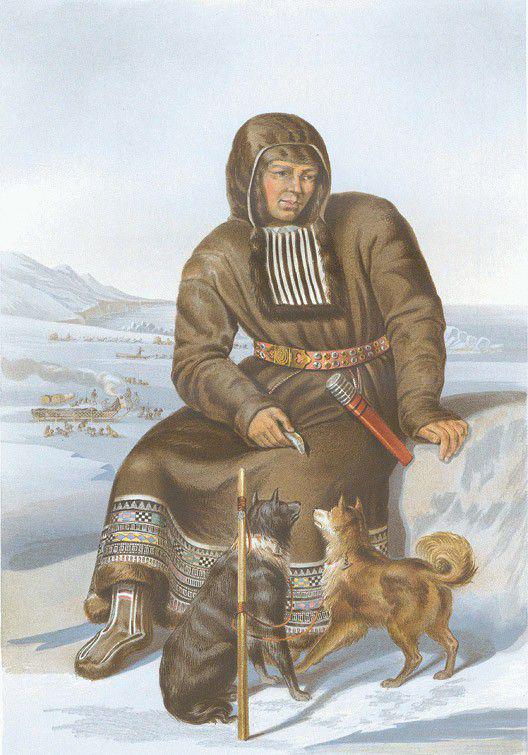
"Indians" from the Kamchatka Peninsula. The name is a Russian adaptation of the ethnonym "itenmen" ("who is", "living here»).
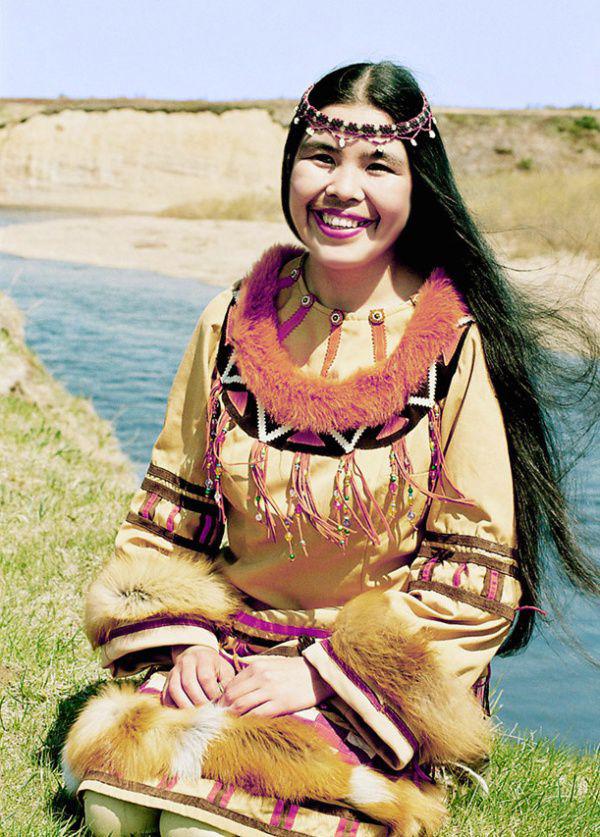
Kety
Keta (self-keto kw - "man"), Russia's population of just over a thousand people. Family Kets, the beginning of the twentieth century
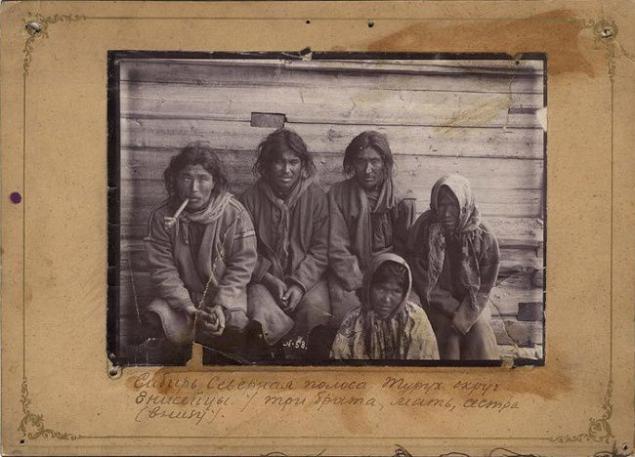
Dolgans
Considered the most northern Turkic-speaking peoples of the world. The Cossacks, who brought Orthodoxy Dolganov gave their names at baptism: Kudryakov, Zharkov, Chuprin, Porotov. The names still remain. Now in Russia only a little less than 8 000 people live in the Krasnoyarsk Territory and the Republic of Sakha.
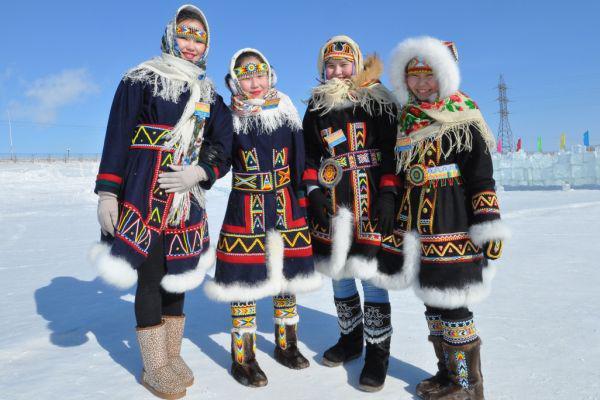
Source: www.adme.ru

Khanty
Almost a family portrait

This is the largest ethnic group in the list - according to the census, 31,000 in Russia Khanty. Living in the north of Western Siberia, reindeer husbandry, fishing and hunting.

Muncie
Warrior Mansi

Family Mansi

Mansi (obsolete - Voguls) - the indigenous population of the Khanty-Mansiysk Autonomous Okrug - Yugra. The closest relatives of the Khanty. Today, there are about 12 000 people in Russia.

Huskies
Family Eskimos

Family Inuit, 1894

Eskimo Dance

In Russia, they are only a little less than 2 000 people. Their main self - "Inuit". The word "Eskimo" means "rawfoodist", "one who eats raw fish».
Global warming has changed the lives of the Eskimos so that they are not enough words in the language to give names to the animals migrate to the polar regions of the globe. There is simply no analogues to denote species that are characteristic of more southern climate zones.

Koryak
Musher - drover dog sledding in the village Ilpyr.
The indigenous people of the northern part of the Kamchatka Peninsula, in Russia now there are more than six thousand people. One of the northern nations of the world.

Tofalars
Tofalarka in national costume.

Total 600 Tofalars (before they were called Karagas) lives in eastern Siberia.

Archi
In the 2010 census, only 12 people have pointed out such nationality, apparently, so they have included in the Avars. Living in Dagestan.
National headdress women archinok.

Vod
Girl in national costume

NF Nesterov - a representative of ancient Votic kind. In his hands, "chapiu" - they need to weave large fishing nets

Nivkh (Gilyak)
They live near the mouth of the river Amur (Khabarovsk Territory) and the northern part of Sakhalin Island. The name translates as "man" or gilemi - "people at the oars." Just over 4,000 people in Russia.
Nivkh in festive costume

Selkups
Ostyaks-Samoyeds

Selkups (or Ostiaks-Samoyed) - the people living in the north of Western Siberia. In Russia, there were 3 600 people.

Nganasans
Little Nikita and Alex Chunanchary

Nganasans inhabit the east of the Taimyr Municipal District of the Krasnoyarsk Territory and the territory subordinate administration of the city of Dudinka. The northernmost people of Eurasia, Russia blocked 860 people. Self-"AE" - "comrade».
Families Nganasans in 1927 and now

Itelmens
The representative of the people Itelmens

"Indians" from the Kamchatka Peninsula. The name is a Russian adaptation of the ethnonym "itenmen" ("who is", "living here»).

Kety
Keta (self-keto kw - "man"), Russia's population of just over a thousand people. Family Kets, the beginning of the twentieth century

Dolgans
Considered the most northern Turkic-speaking peoples of the world. The Cossacks, who brought Orthodoxy Dolganov gave their names at baptism: Kudryakov, Zharkov, Chuprin, Porotov. The names still remain. Now in Russia only a little less than 8 000 people live in the Krasnoyarsk Territory and the Republic of Sakha.

Source: www.adme.ru

